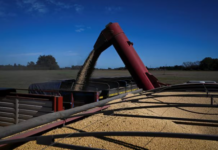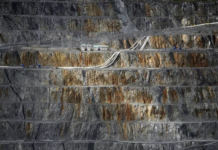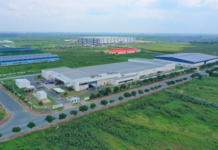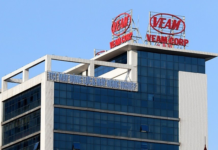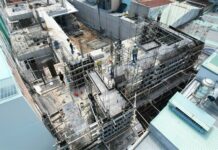The proposed high-speed rail link between Haiphong, Halong, and Mong Cai is a strategic lever, bridging the critical infrastructure gap in Vietnam’s Northeast region. This 187-kilometer route will seamlessly connect seaports, border gates, airports, and key urban centers, fostering integrated development.
According to the master plan, the Haiphong – Halong – Mong Cai line will be implemented in two phases, before and after 2030. It will link major northern seaports, including Cai Lan and the Con Ong – Hon Net cluster, while directly connecting to the Mong Cai international border gate, a vital trade hub with China.
Quang Ninh province has proposed utilizing local funds to proactively prepare for investment, land clearance, and project development, prioritizing the Haiphong – Halong segment from 2026 to 2030. The Halong – Mong Cai section and the branch to the Con Ong – Hon Net port will undergo further financial modeling studies before 2030.

Quang Ninh proposes using local budget for proactive investment preparation, land clearance, and project development.
The Hanoi – Quang Ninh high-speed railway, spanning 120-124 kilometers, will feature a standard gauge of 1,435mm and a design speed of 350 km/h. Proposed by VinSpeed Railway Investment and Development JSC (under Vingroup), this PPP project is estimated at $5.3 billion. It includes four main stations—Co Loa (Hanoi), Gia Binh (Bac Ninh), Yen Tu, and Halong (Quang Ninh)—along with two terminal depots.
The investor’s plan suggests a late 2025 groundbreaking, 24-month construction, and early 2028 operation. Upon completion, travel time between Hanoi and Halong will reduce to approximately 30 minutes, with 30-minute intervals between trains. Passenger volume is projected to exceed 2 million annually by 2028 and surpass 15 million by 2050.
Just two days after the adjusted planning announcement, on October 31, Quang Ninh’s People’s Committee convened to assign tasks for both railway projects. Vice Chairman Vu Van Dien directed the immediate formation of an inter-agency task force to integrate the routes into provincial planning and review industrial zones for potential overlaps, with a November 15 reporting deadline.
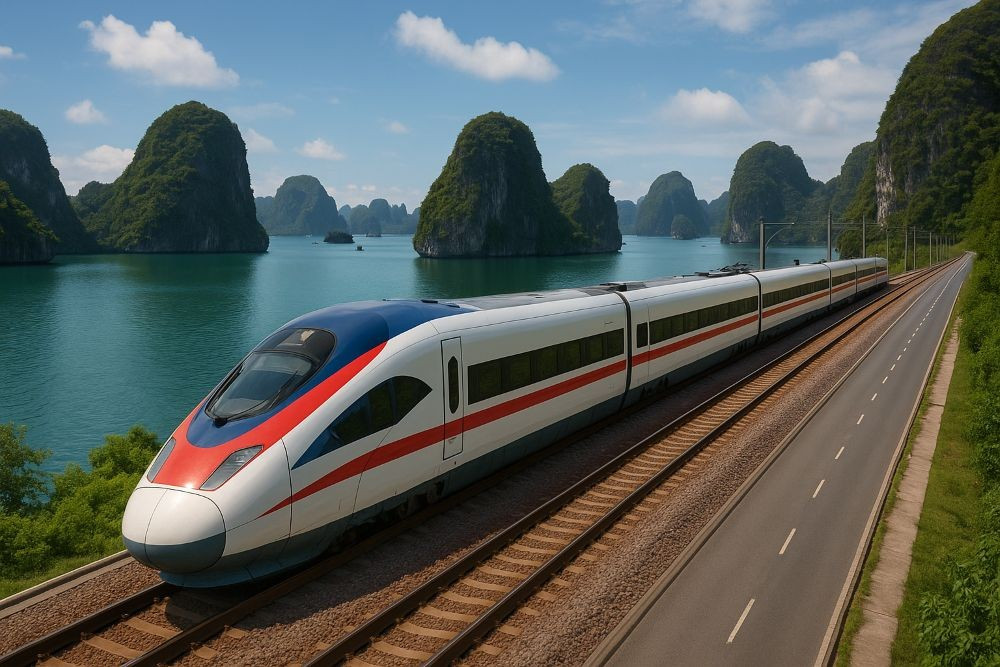
Illustrative image.
The province tasked specialized agencies with collaborating on field route alignment, land classification, boundary marking, and handover to local authorities. Preparations for investment approval procedures for the Haiphong – Halong – Mong Cai segments using provincial funds are underway.
Experts predict these new routes will redefine the Northeast region’s transportation map. The Hanoi – Quang Ninh high-speed line will serve as the backbone of the Hanoi – Haiphong – Quang Ninh economic triangle, dramatically improving travel efficiency and boosting tourism, logistics, and high-tech industries. Meanwhile, the Haiphong – Halong – Mong Cai coastal route will pioneer Northern coastal rail connectivity, linking international ports to border gates and contributing to the “Northeast Asia Logistics Corridor.”
Establishing a Major Aircraft Repair Center in Van Don: Memorandum of Understanding Signed
Secretary General Tô Lâm witnessed the signing of a Memorandum of Understanding (MoU) for the collaborative research and development of a maintenance, repair, and overhaul (MRO) facility at Vân Đồn Airport.


